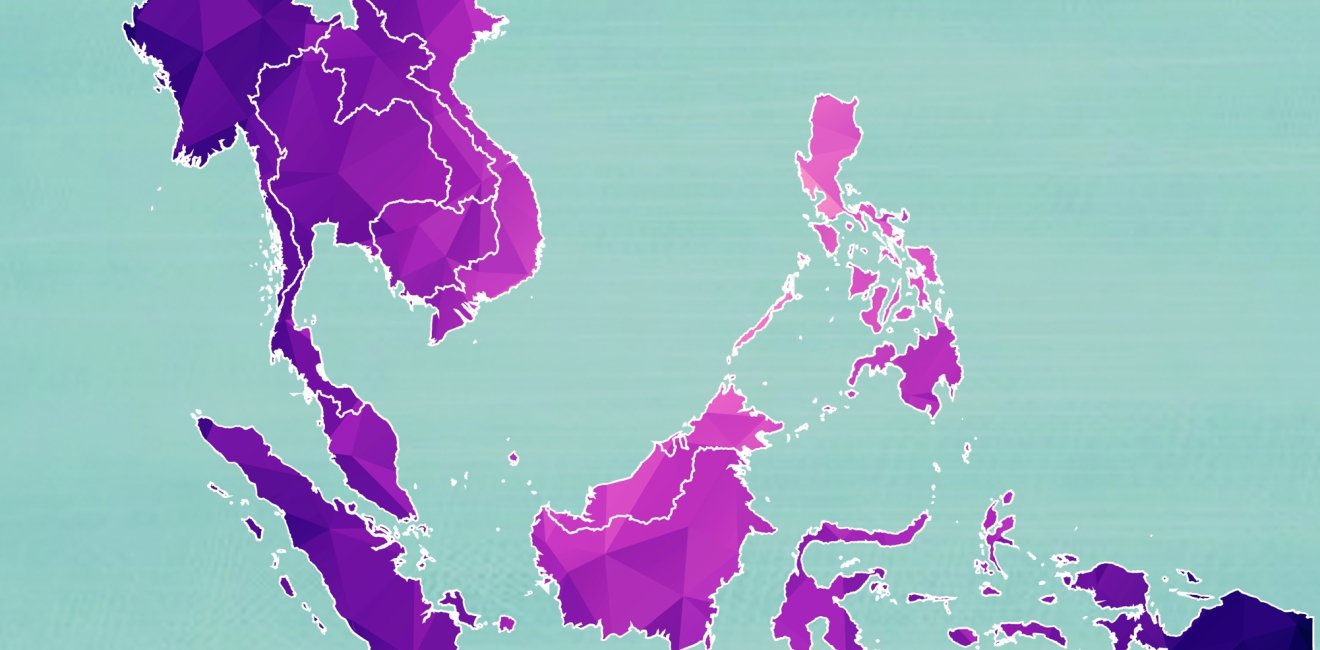
A blog of the Indo-Pacific Program
Pending any last-minute changes, U.S. Vice-President Mike Pence is set to attend the next round of Asian summitry in Singapore in November on behalf of U.S. President Donald Trump. While the agenda for Pence’s trip will no doubt be wide-ranging, his visit to the region will spotlight the Trump administration’s Free and Open Indo-Pacific (FOIP) strategy and the role of Southeast Asia and ASEAN as a regional grouping within it.
Despite some uncertainties about the Trump administration and its approach to the region and the world, officials have recognized Southeast Asia’s importance within U.S. Asia policy and moved to articulate that early on. Indeed, since Trump first outlined the U.S. vision for the Indo-Pacific region at an address at APEC in Vietnam in December 2017, top officials such as Secretary of State Mike Pompeo and Defense Secretary Jim Mattis have emphasized during their visits to Southeast Asia in 2018 that it is central to the U.S. Free and Open Indo-Pacific (FOIP) strategy–broadly conceived as an effort to defend freedom and openness in the rules-based order in concert with willing and able partners.
Recognizing Southeast Asia’s centrality to a FOIP strategy is no doubt a good starting point. Southeast Asia accounts for a significant part of the overall strategic importance of the Indo-Pacific–whether it be in its geographical position at the center of the Indian and Pacific Oceans astride key sea lanes; its material importance with countries cumulatively represent the world’s third largest population and the fifth largest economy; and its strategic centrality as a key battleground where “freeness” and “openness” will be tested given China’s growing ascendancy, ongoing democratization, and continued regionalism within the ASEAN-led multilateral architecture. That recognition by the Trump administration also suggests that the administration is not just undertaking discrete activities with Southeast Asian states, but is committed to structuring that activity as part of its wider strategic approach in cognizance of these realities at work.
Recognition is a necessary but insufficient part of integrating Southeast Asia into the FOIP strategy.
But as I argue in a recent report, that recognition is a necessary but insufficient part of integrating Southeast Asia into the FOIP strategy. Successfully integrating Southeast Asia into such a strategy in the coming years will require U.S. policymakers to recognize both the opportunities and challenges that come with such a vision in the region, as well as being cognizant of how to navigate this mix of considerations that play into U.S. engagement in Southeast Asia as well as regional perceptions therein.
That process begins by understanding the reality that while integrating Southeast Asia into FOIP offers opportunities for U.S. engagement with the region as well as other allies and partners, fully realizing those opportunities will require addressing challenges as well. These include lingering suspicions about the intent of the strategy; doubts about its sustainability; and unfavorable regional conditions that limit the ability and willingness of some Southeast Asian countries to support the FOIP strategy. Discrete developments can help reinforce those suspicions, with Trump’s announcement of his decision not to attend this year’s round of Asian summitry being a case in point.
The next step is figuring out how to navigate these mix of considerations. To help U.S. policymakers navigate this, the report proposes what one might call a “five Cs” approach. Specifically, it calls for: clarity in addressing lingering confusion in Southeast Asia about the FOIP strategy; comity in shaping the strategy as a more collaborative concept to cultivate common interests rather than just advancing narrow U.S. ends; comprehensiveness in preserving the well-rounded nature of U.S. policy to address development and livelihoods concerns; calibration in advancing U.S. interests in certain areas, be it on rights or China; and consistency to ameliorate anxieties about the sustainability of the U.S. role.
To be sure, doing all this is much easier said than done. Southeast Asia is a complex and diverse region, and fashioning a strategic approach to the region and connecting that to wider U.S. Asia policy in a sustainable way has long proven difficult for U.S. policymakers. And like past and future U.S. administrations, the Trump administration will also no doubt face its own share of frustrations and distractions along the way that may impair the evolution of U.S.-Southeast Asia ties independent of its own views.
Yet doing so is far from impossible. The United States still possesses significant strengths as a player in the Indo-Pacific, and there continues to be demand for a greater U.S. presence across realms among Southeast Asian states as well as other American allies and partners. The key, as ever, will be to jointly forge the sorts of partnerships that can tackle common challenges and realizes joint opportunities which will benefit the interests of both the United States and Southeast Asian countries as well.
Click here to read the full report.
Follow Prashanth Parameswaran, Asia Program Global Fellow, on Twitter @TheAsianist.
The views expressed are the author's alone, and do not represent the views of the U.S. Government or the Wilson Center. Copyright 2018, Asia Program. All rights reserved.
Author

CEO and Founder, ASEAN Wonk Global, and Senior Columnist, The Diplomat

Indo-Pacific Program
The Indo-Pacific Program promotes policy debate and intellectual discussions on US interests in the Asia-Pacific as well as political, economic, security, and social issues relating to the world’s most populous and economically dynamic region. Read more





